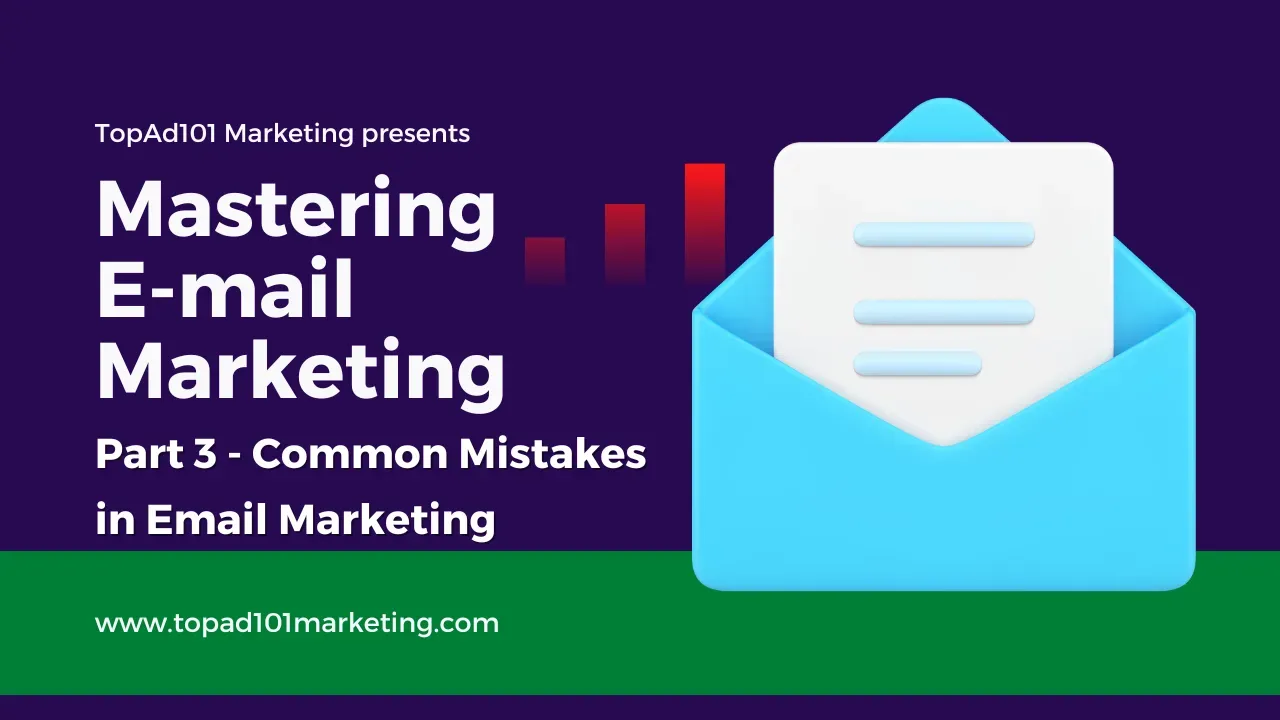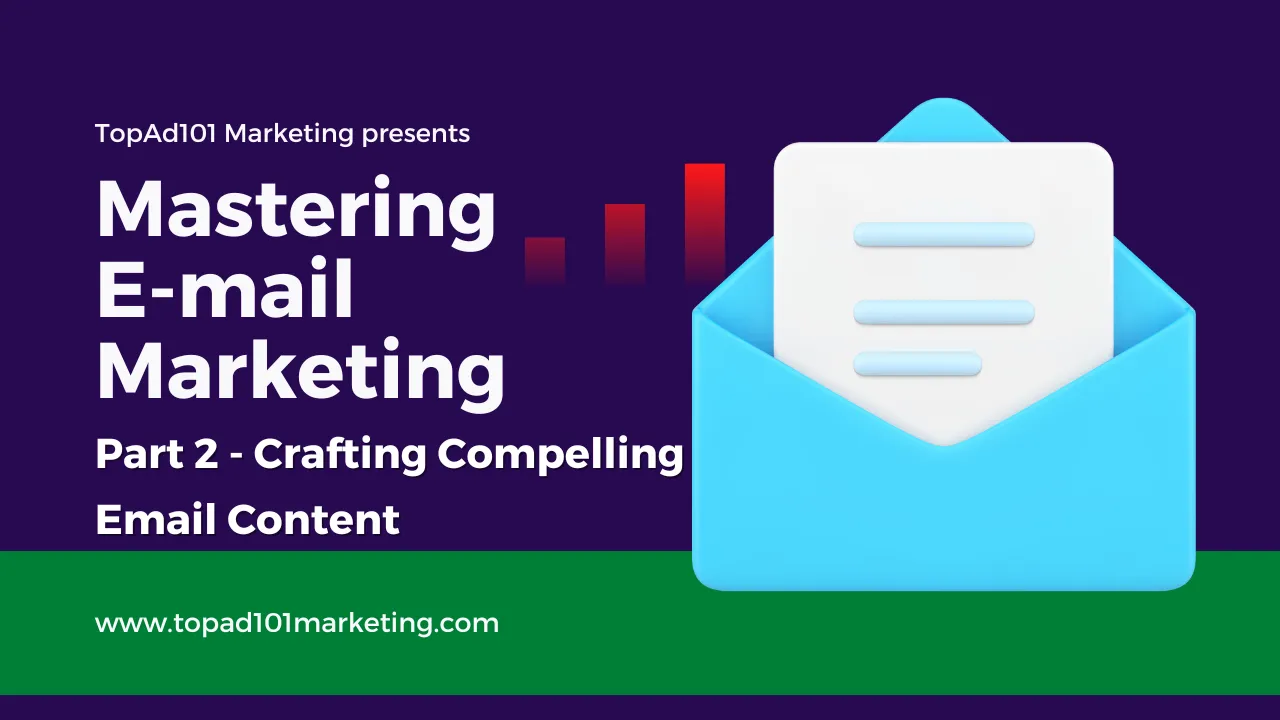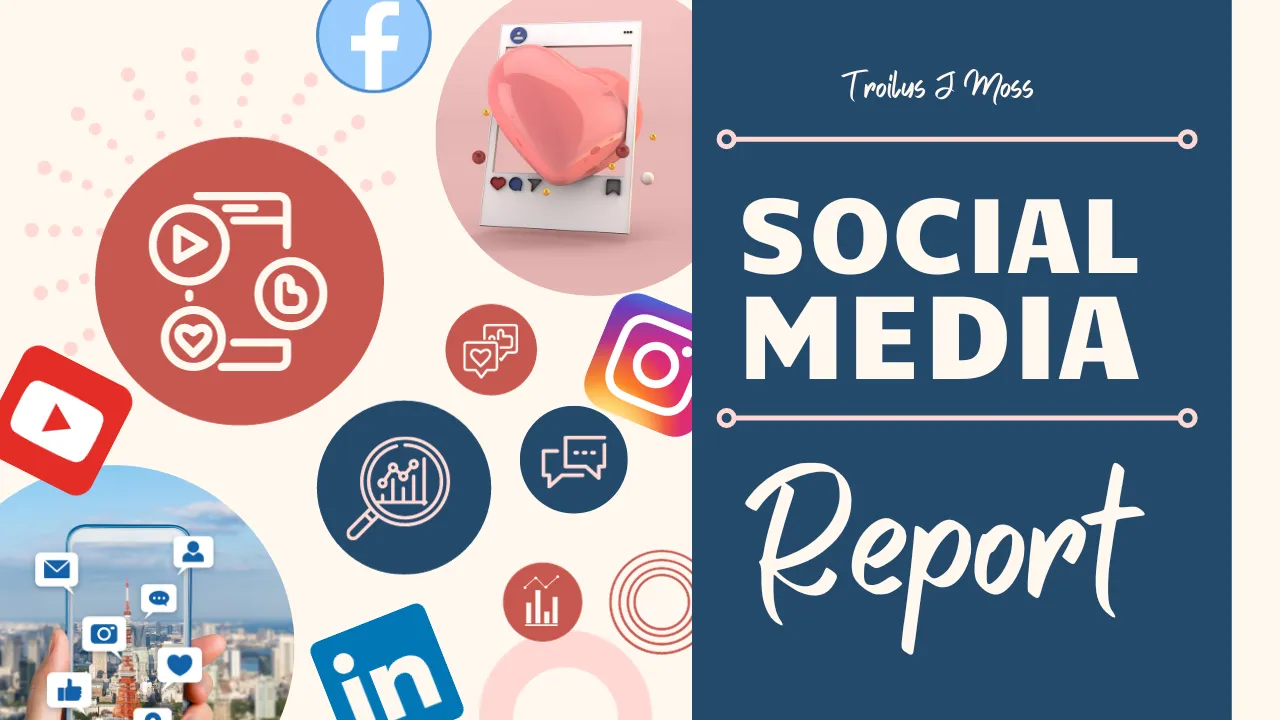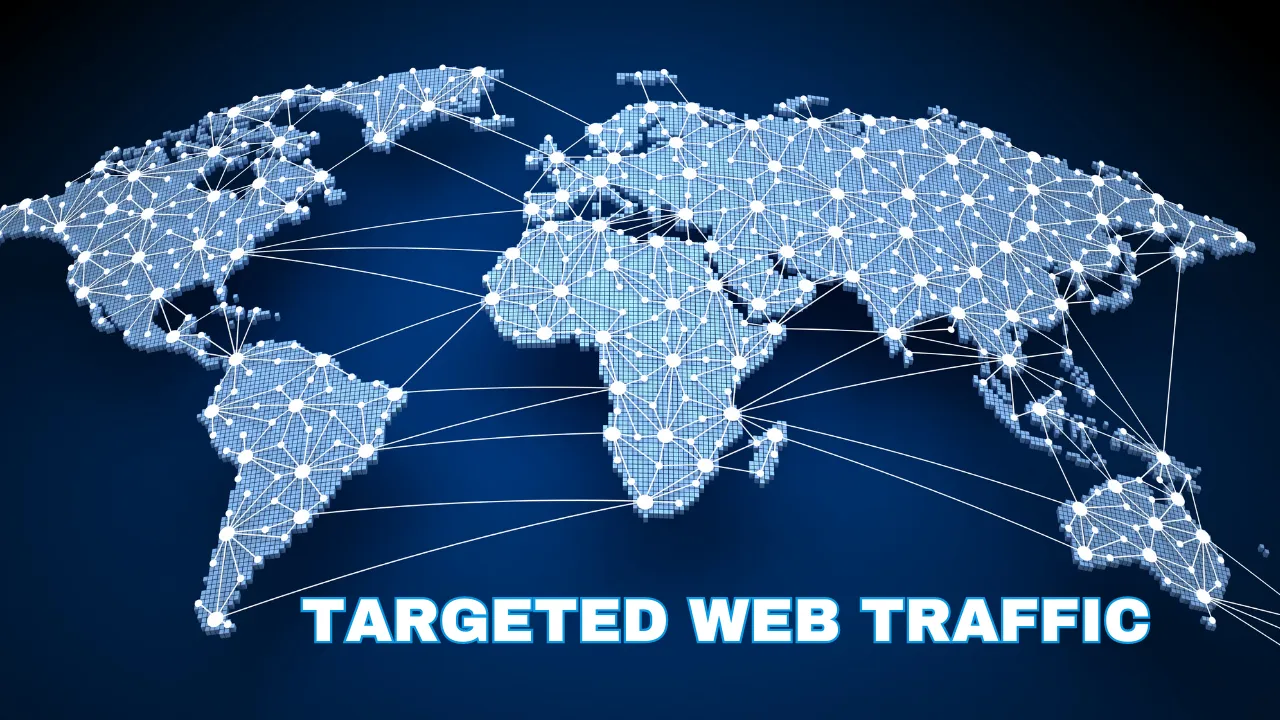Lead Generation vs. Sales Prospecting: What's the Difference?

Navigating the Distinct Paths to Sales Success
Table of Contents
1). Introduction
- Navigating the Distinct Paths to Sales Success
2). Understanding the Sales Process
- What’s the Sales Process and Why is it So Important?
- Roles in the Sales Process: Sales Representatives, Sales Managers
- Importance of the Sales Process
3). What is Lead Generation?
- Definition and Impact on Marketing
- How Lead Generation Drives Marketing Success
Key Strategies for Lead Generation
- Content Marketing
- Social Media Marketing
- Email Marketing
- Search Engine Optimization (SEO)
- Paid Advertising
- Lead Magnets
4). What is Sales Prospecting?
- Definition and Impact on Marketing
- How Sales Prospecting Drives Sales Success
- Key Strategies for Sales Prospecting
- Targeted Lead Generation
- Personalized Outreach
- Consistent Follow-Up
- Using Multiple Touchpoints
- Providing Value
- Measuring and Analyzing Results
5). Key Differences Between Lead Generation and Sales Prospecting
- Level of Qualification
- Timing in the Sales Funnel
In the intricate dance of sales and marketing, sales prospecting, and lead generation are two distinct yet complementary activities. Both play pivotal roles in the sales process, yet they serve different purposes and employ varied strategies.
Understanding these differences is crucial for businesses looking to optimize their sales funnels and drive revenue growth. Let's first begin with the sales process and why it's so important to understand.
What's the Sales Process and Why is it So Important?
The sales process typically involves two key roles: sales representatives and sales managers. Both play pivotal roles in driving revenue for a company, but their functions and approaches differ significantly.
- Sales Representatives are on the front lines of the sales process. They are responsible for prospecting, qualifying leads, and closing deals with customers. Sales reps focus on building relationships with potential clients, understanding their needs, and highlighting how their products or services can solve those needs. They often employ a more personalized and direct approach, tailoring their sales pitch to each individual customer and addressing any objections or concerns they may have.
- Sales Managers oversee and guide the sales team to ensure they are meeting their targets and driving revenue growth. They are responsible for setting sales goals, developing sales strategies, and providing support and training to the sales team. Sales managers typically take a more strategic approach, analyzing sales data, identifying trends, and adjusting the sales process. They also play a key role in motivating and coaching the sales team to maximize their performance.
While both roles are essential in the sales process, they complement each other by combining the tactical skills of sales representatives with the strategic oversight of sales managers. The sales process is essential for driving revenue growth, increasing customer satisfaction, and maintaining a competitive edge in today's business landscape.
By investing time and resources into developing and optimizing a sales process, companies and marketers can streamline their sales efforts, boost productivity, and drive business success.
Together, they work towards the common goal of increasing sales and generating revenue for the company.

What is Lead Generation and How Does it Impact Marketing?
Lead generation is fundamentally a marketing activity aimed at attracting a broad audience to create awareness and engagement. By casting a wide net through various marketing channels such as social media, email campaigns, content marketing, and more, companies can attract a diverse audience and create awareness about their products or services.
Lead generation is the process of drawing in potential customers and turning their interest into tangible leads.
These leads are individuals who have expressed interest in a business's product or service and have shared their contact information for future communication. Lead generation plays a crucial role in marketing as it helps businesses identify and nurture potential customers, leading to increased sales and revenue.
Lead generation impacts marketing in several ways:
- Increased Sales Opportunities: By generating leads, businesses create opportunities to turn these prospects into paying customers. Through targeted marketing strategies, businesses can effectively reach out to leads and convert them into sales.
- Improved ROI: Lead generation allows businesses to focus their marketing efforts on individuals who have already shown interest in their products or services. This targeted approach can result in a higher return on investment (ROI) as businesses are more likely to convert leads into customers.
- Enhanced Customer Engagement: Generating leads enables businesses to engage with potential customers through various channels such as email marketing, social media, and content marketing. By providing valuable information and personalized communication, businesses can build relationships with leads and nurture them through the sales funnel.
- Data-driven Marketing Strategies: Lead generation provides businesses with valuable data about their target audience, including demographic information, buying behavior, and preferences. This data can be used to create more personalized marketing campaigns and tailored messaging to better meet the needs of potential customers.
Lead generation is a necessary component of marketing that helps businesses connect with potential customers, drive sales, and achieve business growth. By implementing effective lead generation strategies, businesses can generate quality leads, nurture relationships with prospects, and drive success in their marketing efforts.
The primary goal of lead generation is to capture as many leads as possible before qualifying them. This process involves identifying which leads have the potential to become paying customers based on their level of interest, demographics, and behaviors.
By focusing on quality over quantity, businesses can effectively prioritize their efforts and resources on leads that are more likely to convert.
Key Strategies for Lead Generation
Lead generation is a vital component of any business's marketing strategy. To effectively generate leads and attract potential customers, it is vital to implement key strategies that will drive interest and engagement.
Some key strategies for lead generation include:
- Content Marketing: Creating valuable and relevant content such as blog posts, articles, whitepapers, and videos can help attract potential customers to your website and capture their contact information. Providing useful information that addresses their pain points or solves their problems can help build trust and credibility with your audience.
- Social Media Marketing: Leveraging social media platforms such as Facebook, Instagram, Twitter, and LinkedIn can help increase brand visibility and reach a larger audience. Engaging with followers, sharing content, and running targeted ads can help generate leads and drive traffic to your website.
- Email Marketing: Building an email list of subscribers who have opted in to receive communications from your business is a powerful way to nurture leads and convert them into customers. Sending personalized and relevant emails with valuable content can help keep leads engaged and interested in your products or services.
- Search Engine Optimization (SEO): Enhancing your website's search engine optimization can significantly increase your visibility in search results, attracting a larger volume of organic traffic. By targeting relevant keywords, creating high-quality content, and optimizing on-page elements, you can increase your chances of generating leads through organic search.
- Paid Advertising: Running targeted advertising campaigns on platforms like Google Ads, Facebook Ads, and LinkedIn Ads can help reach a specific audience and drive traffic to your website. By targeting specific demographics, interests, and behaviors, you can generate leads more effectively and track the success of your campaigns.
- Lead Magnets: Offering valuable resources such as eBooks, guides, webinars, or free trials in exchange for contact information can help capture leads and start building relationships with potential customers. Providing something of value in return for contact information can increase conversion rates and lead quality.

By implementing these key strategies for lead generation, businesses can attract potential customers, nurture relationships, and drive sales growth. It is important to continuously assess and optimize these strategies to ensure maximum effectiveness and ROI.
What is Sales Prospecting & How Does it Impact Marketing?
Sales prospecting is the process of identifying and reaching out to potential customers or clients who may be interested in a company's products or services. It is an essential element of the sales process, as it helps to generate leads and drive cash flow for the business.
Sales prospecting has a significant impact on marketing efforts in several ways.
Firstly, effective prospecting can help marketing teams better understand their target audience and tailor their messaging and strategies accordingly.
By identifying potential customers and their needs, marketing teams can create more targeted and personalized campaigns that are more likely to resonate with their audience.
Sales prospecting can help marketing teams generate high-quality leads for the sales team to follow up on. By identifying and qualifying potential customers, marketing teams can pass on these leads to the sales team, who can then focus their efforts on converting these prospects into paying customers.
In general, sales prospecting is a vital component of a company's marketing strategy, as it aids in discovering and connecting with potential customers, increasing revenue, and expanding the business.
Sales prospecting, conversely, is primarily a sales team activity and involves a more personal, one-on-one approach. It's about identifying potential buyers who may not yet be aware of your company and actively reaching out to them to generate interest, qualify them, and move them through the sales funnel.
Key Strategies for Sales Prospecting
Sales prospecting is an essential part of the sales process, involving the identification and outreach of potential customers who might be interested in your products or services.
Here are some key strategies for effective sales prospecting:
- Targeted lead generation: Focus on identifying and targeting leads that are most likely to convert into customers. Utilize tools such as CRM systems, social media, and industry databases to gather information on potential leads and create targeted lists for outreach.
- Personalized outreach: Tailor your communication to each prospect by addressing their specific needs and pain points. Personalized emails, phone calls, or social media messages can help you stand out and establish a connection with the prospect.
- Follow-up consistently: Persistence is key in sales prospecting. Follow up with leads multiple times through different channels to increase your chances of getting a response. Keep track of your interactions and schedule regular follow-ups to stay top-of-mind with prospects.
- Use multiple touchpoints: Reach out to prospects through various channels such as email, phone calls, social media, and networking events. Using multiple touchpoints can help you engage with prospects at various stages of the sales funnel and increase your chances of making a connection.
- Provide value: Offer valuable insights, resources, or solutions to prospects during your interactions. Position yourself as a trusted advisor who can help solve their problems and address their needs. Offering value from the get-go establishes trust and credibility with potential customers.
- Measure and analyze results: Track the success of your sales prospecting efforts by measuring key metrics such as conversion rates, response rates, and pipeline growth. Dig into the data to pinpoint areas ripe for enhancement, then tweak your strategies accordingly.
Overall, successful sales prospecting requires a combination of targeting the right leads, personalizing your outreach, following up consistently, using multiple touchpoints, providing value, and measuring results.

By implementing these key strategies, you can improve your sales prospecting efforts and increase your chances of converting leads into customers.
Key Differences Between Lead Generation and Sales Prospecting
Lead generation and sales prospecting are crucial elements of a winning sales strategy, each fulfilling unique roles and demanding specialized approaches. Understanding the key differences between these two concepts can help businesses effectively target and convert potential customers.
Lead generation focuses on attracting and capturing the interest of a broad audience of potential customers.
This involves creating awareness about a product or service through various marketing efforts such as advertising, content marketing, social media campaigns, and networking events. The goal of lead generation is to generate a list of potential leads who have expressed some level of interest in the product or service being offered.
Sales prospecting, however, is the process of identifying and qualifying leads that have the highest potential to convert into paying customers. This entails digging deep into leads, carefully assessing them to see if they align with the ideal customer profile and genuinely require or express interest in the product or service.
Sales prospecting typically involves more personalized and targeted outreach, such as cold calling, email campaigns, and networking with specific individuals or companies.
One key difference between lead generation and sales prospecting is the level of qualification involved. While lead generation focuses on generating a large pool of potential leads, sales prospecting narrows down this pool to focus on leads that are more likely to convert.
This targeted approach allows sales teams to prioritize their efforts and resources toward leads that are most likely to result in sales.
Second Key Difference of Lead Generation vs Sales Prospecting
Lead generation is often a top-of-the-funnel activity that creates awareness and interest in a product or service, while sales prospecting typically occurs further down the sales funnel when leads are more actively considering a purchase.
By understanding where leads are in the buyer's journey, businesses can tailor their approach to effectively engage and convert potential customers.
In conclusion, while lead generation and sales prospecting are both important aspects of a successful sales strategy, they serve different purposes and require distinct approaches. By understanding the key differences between these two concepts, businesses can optimize their sales processes and improve their overall conversion rates.
This article was brought to you by Troilus J Moss

To your growth through influence,
Troilus J Moss | Director of Sales & Marketing
P.S. Ready to unlock Unlimited, Unstoppable Traffic? Take the first step now: Get started today! ©2023 TopAd101 Marketing
Meet Troilus J Moss
Troilus J Moss is a seasoned Digital Asset Entrepreneur and Digital Marketing Professional, renowned for his exceptional skills in copywriting and creative content development. Serving as an influential figure in the digital realm, he fulfills roles as an active entrepreneur, coach, and the Director of Sales and Marketing at TopAd101 Marketing, where his strategic digital marketing campaigns have propelled businesses to new heights.
Beyond his entrepreneurial endeavors, Troilus dons the hat of an esteemed editor, crafting exclusive insights and valuable knowledge for digital asset entrepreneurs through his Digital Asset Insider Newsletter. His commitment to empowering entrepreneurs with innovative information is evident in his contributions to prestigious publications such as "The Marketing Toolbox Blog," "The Digital Asset Entrepreneur Blog," and "Troilus Moss's Lifestyles of Entrepreneurs."
With a deep understanding of innovative technologies like Artificial Intelligence and automation, Troilus stands as a trailblazer in the dynamic digital landscape. His fervor for fostering business growth and harnessing technology to optimize efficiency distinguishes him as a visionary in the digital marketing domain.
Troilus actively enriches TopAd101 Marketing's YouTube channel with invaluable insights and tips to support entrepreneurs in navigating the digital sphere successfully. Stay abreast of the ever-evolving digital landscape and access his latest videos by subscribing to the channel today!






















